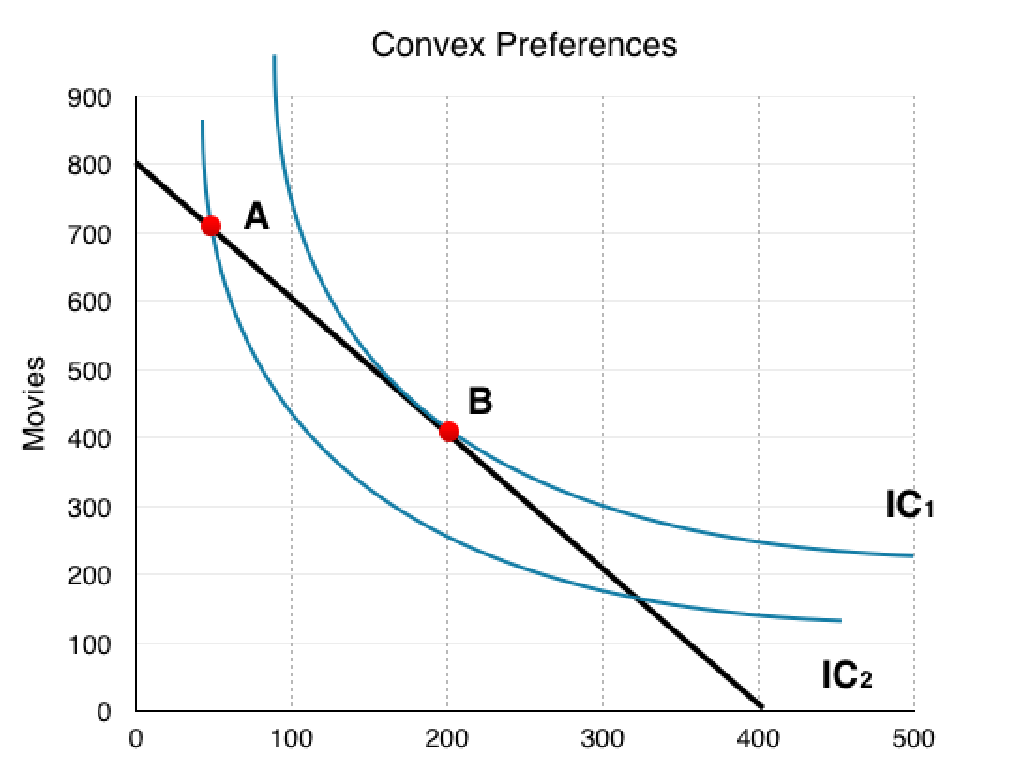Acceleration
Subject: Arts and humanities
Grade: High school
Topic: Big History Project
Please LOG IN to download the presentation. Access is available to registered users only.
View More Content
Welcome to Big History: Understanding Acceleration
– Introduction to Big History Project
– Defining Acceleration in Big History
– Acceleration refers to the increasing pace of change and complexity in the universe’s history.
– Today’s lesson overview
– Learning objectives
– Understand the concept of acceleration and its significance in the context of Big History.
|
This slide introduces the Big History Project, a multidisciplinary approach that looks at history from the Big Bang to the present. Acceleration is a key concept in Big History, describing how changes in the universe, life, and human society have become more rapid and complex over time. Today’s lesson will provide an overview of acceleration and its implications for understanding our past and future. The learning objectives are to ensure students grasp the concept of acceleration, recognize its presence in different historical periods, and appreciate its impact on the development of the universe and human society.
The Concept of Acceleration in History
– Historical definition of acceleration
– Acceleration refers to the rate at which changes occur over time in history.
– Pace of change over time
– Historically, societal developments have sped up, from slow progress to rapid innovation.
– Industrial Revolution as acceleration
– The Industrial Revolution marked a significant speed-up in production, economy, and society.
– Technological advancements
– Examples include the internet, smartphones, and AI, which have rapidly transformed our lives.
|
This slide aims to introduce the concept of acceleration within a historical context, highlighting how the pace of change has increased dramatically over time. Begin with a definition of acceleration as it pertains to historical events and societal changes. Discuss how, throughout history, the rate of change has been accelerating, with periods of slow progress giving way to times of rapid innovation and transformation. Use the Industrial Revolution as a key example of a period where changes in technology, economy, and society occurred at an unprecedented rate. Also, discuss recent technological advancements to illustrate the ongoing acceleration in history. Encourage students to think about how these periods of acceleration have shaped the modern world and to consider the implications for the future.
Acceleration in the Universe: Cosmic Expansion
– Universe’s accelerating expansion
– The universe is expanding at an increasing rate, observed through distant supernovae.
– Relation to the Big Bang
– This acceleration supports the Big Bang theory, suggesting the universe started expanding 13.8 billion years ago.
– Future implications for the universe
– Could lead to a ‘Big Freeze’, where the universe continues to expand and cool indefinitely.
|
This slide explores the concept of cosmic acceleration within the framework of the Big History Project. Students should understand that the universe is not just expanding, but doing so at an accelerated pace, which has been supported by observations of distant supernovae. This phenomenon is directly related to the Big Bang theory, providing evidence that the universe had a beginning. Discuss the implications of this acceleration, such as the possibility of a ‘Big Freeze’, and encourage students to consider how this shapes our understanding of the universe’s past and future. This topic bridges the gap between science and humanities by showing how cosmic events influence our history and future.
Human Progress and Acceleration
– Innovation fuels acceleration
– Historical innovations lead to rapid changes in society, e.g., the Industrial Revolution.
– Internet: A case of rapid development
– From ARPANET to global connectivity in just a few decades.
– Acceleration’s impact on society
– Changes in communication, work, and access to information.
– Cultural shifts due to acceleration
– New cultural norms emerge, like the digital lifestyle.
|
This slide explores the concept of acceleration in the context of human progress, particularly how innovation acts as a catalyst for rapid societal changes. The development of the internet serves as a prime example of this phenomenon, illustrating how a technological breakthrough can connect the world in an unprecedented way. The slide also addresses the broader implications of acceleration on society and culture, including the transformation of communication methods, the nature of work, and the emergence of new cultural norms. Encourage students to think critically about the pace of change in their own lives and the world around them.
Challenges of Acceleration in Big History
– Downsides of rapid change
– Can lead to societal disruption and inequality
– Environmental sustainability
– Resource depletion, pollution, and loss of biodiversity
– Ethics in acceleration
– Ethical considerations guide responsible innovation
– Balancing progress and consequences
|
This slide addresses the complexities and potential negative consequences of acceleration, particularly in the context of the Big History Project. Rapid change can disrupt societies and widen the gap between different socioeconomic groups. Environmental sustainability is a major concern, as acceleration often leads to increased consumption of natural resources, pollution, and loss of biodiversity. Ethics play a crucial role in managing acceleration, ensuring that progress does not come at the expense of moral responsibility. It’s important to discuss how we can balance the benefits of rapid development with the need to mitigate its adverse effects, fostering a future that is both innovative and sustainable.
Acceleration in Art and Humanities
– Influence of acceleration on art
– How rapid developments have shaped art movements
– Pace of change in artistic expression
– From traditional to digital art, notice the speed of transformation
– Activity: Analyze art representing acceleration
– Choose an artwork that depicts speed or change, and prepare to discuss it
– Discuss the impact on culture
|
This slide aims to explore the concept of acceleration in the context of art and humanities. Students should understand how historical periods of rapid development and change have influenced and shaped art movements and cultural expressions. Encourage them to think about the transition from traditional art forms to modern and digital art, reflecting on how the pace of change has accelerated. The activity involves students selecting an artwork that they feel represents the concept of acceleration, which could be in the form of dynamic movement, rapid innovation, or cultural shifts. They will then discuss their chosen piece in the next class, considering how it reflects the theme of acceleration. Provide examples such as Futurism, which embraced the energy of the machine age, or digital art that evolves with technology. The discussion should also touch on how these changes impact society and culture at large.
Class Activity: Acceleration Timeline
– Group timeline creation
– Mark events showing acceleration
– Consider technological, cultural, and scientific milestones.
– Group presentations
– Discuss acceleration’s future impact
– How might foreseeing acceleration trends inform future decisions?
|
This activity is designed to engage students with the concept of acceleration in history and its implications for the future. Divide the class into small groups and provide them with materials to create a timeline. Instruct them to mark significant events that demonstrate the concept of acceleration, such as the Industrial Revolution, the invention of the internet, or the rapid development of AI technology. Each group will then present their timeline to the class and explain why they chose those particular events. After the presentations, lead a discussion on how understanding the patterns of acceleration can help us anticipate and prepare for future societal changes. Encourage students to think critically about the role of technology, globalization, and innovation in shaping our world. Possible activities for different groups could include focusing on different areas such as technological advancements, social movements, or environmental changes.






